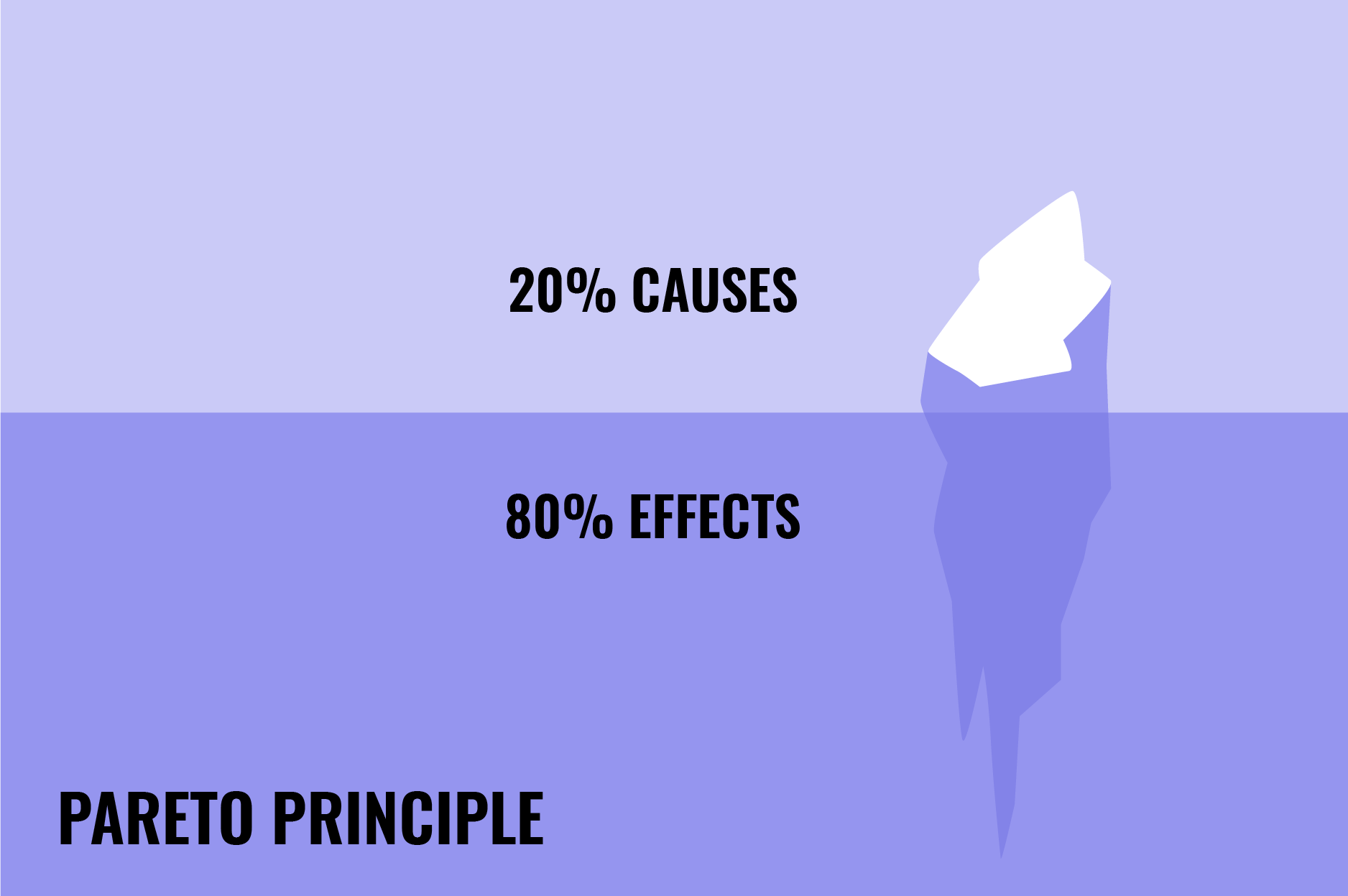In This Article:
History of hacking and hackers
The term so popular today appeared in the late 1970s. In 1980, "The Hacker Papers" appeared in Psychology Today, discussing the problem of computer addiction.
In 1982, the American science fiction film "Tron" was released, in which the main character calls himself a hacker and intends to penetrate the company's computer system. The plot of the film "War Games", released a year later, revolves around a teenage attack on the North American Aerospace Defense Command (NORAD) computer network. This sci-fi tape presented hackers as a threat to national security.
It soon turned out that these fictional films anticipated real events: in the same year, a group of young hackers penetrated the computer systems of the United States and Canada. Even the networks of the Los Alamos National Laboratory, the Memorial Sloan-Kettering Cancer Center, and the computers of the Security Pacific bank were affected. A short time later, Newsweek magazine published an article with a photograph of one of the members of the group, and in the text of the article, the word "hacker" was used in a negative way, which was the first such case in the mainstream media.
Then Congress stepped in and passed a series of laws that punished computer crimes. After that, during the 1980s, groups of hackers began to form in the United States and beyond, joined by computer specialists with a variety of goals — some of these groups were quite harmless, but others were dangerous. They carried out effective attacks and hacked the computers of government agencies and private companies, which led to the tightening of anti-hacking legislation, high-profile arrests, and court verdicts. However, the phenomenon of hacking has become an integral part of popular culture and is firmly entrenched in the public mind, which is reflected in numerous films, books and journalistic articles.
History of hacking and hackers
If you watch the news and follow technology, you know who hackers are. However, not everyone knows that hackers fall into categories called Black Hats, White Hats, and Gray Hats. These terms have origins in American westerns, where the main characters wore white or light-colored hats, and the villains wore black hats.
1. Black Hats Hackers
Black hats often start out as amateurs, using acquired hacking tools to exploit security flaws. Some are trained in hacking by their bosses who want to make a quick buck. Leading Black Hats are typically experienced hackers working for large criminal organizations. They sometimes provide their employees with collaboration tools and offer service agreements to customers, just like legitimate businesses. Black Hat malware kits are sold on the dark web and sometimes even include warranty and customer service.
Black hat hackers often develop in certain directions, such as phishing or controlling remote access tools. Many get orders on forums or through connections on the dark web. Some develop and sell malware themselves; others prefer to franchise or lease, just like in the legal business world.
Hacking has become an essential intelligence-gathering tool for governments, but Black Hats more often work alone or with organized crime for easy money.
2. White Hats Hackers
The White Hats use their knowledge and experience to find security flaws to protect organizations from dangerous hacks. Sometimes they can be employees or contractors working in the company as security specialists whose task is to find security flaws.
The work of the White Hats is one of the reasons why large organizations usually have less downtime and problems with websites. Most hackers know that systems run by large companies are harder to break into than those run by small businesses, which probably don't have the resources to investigate potential security vulnerabilities.
The ethical hacker group includes penetration testers who specialize in finding vulnerabilities and assessing risks in systems.

More on the topic
Types Of Cybercrimes: How To Prevent Cybercrimes
Do you know how many types of cybercrimes are there? What are main methods to identify thiefs? Are you sure that your software is secure?
Check it3. Gray Hats Hackers
The Gray Hats can sometimes violate laws and ethical standards, but without the malicious intent that is a characteristic of the Black Hats.
If the White Hat discovers a vulnerability , it will only be exploited with permission; no one will be informed about it until it is fixed. A black hat will illegally exploit a vulnerability or tell you how to do it. A gray hat will not exploit a vulnerability illegally or tell others how to do so.
Many Gray Hats believe that the Internet is unsafe for business and that their mission is to make it safer for individuals and organizations. They do this by hacking websites and networks, creating havoc to prove their case to the world. The Gray Hats often say they don't want to hurt their intrusion. Sometimes they are just interested in hacking a known system without respecting privacy and other laws.
In most cases, Gray Hats provide companies with valuable information. However, the White Hat community and most of the cyber world do not consider their methods ethical. The Gray Hat hacks are illegal because no permission has been obtained to attempt to break into the organization's system.
Who are Anonymous?
Anonymous is a group of Internet users without permanent membership and composition. The group often carries out all sorts of protests on the Internet. The group gained worldwide fame thanks to the Chanology project, directed against the Church of Scientology, and active actions in support of the Pirate Bay torrent tracker.
Since 2008, the Anonymous group has been increasingly associated with international hacking, holding protests on the Internet in order to support free speech. Activities for which Anonymous claims responsibility are carried out by unidentifiable persons using the term Anonymous as an attribution.
Anonymous is associated with several sites, including imageboards — 4chan, Futaba; related wiki sites (Encyclopædia Dramatica) as well as some forums. The Anonymous group has no leaders; they rely on the collective strength of individual members who act in such a way that the cumulative effect benefits everyone.
The biggest Anonymous attacks
1. Israel
In March 2012, with the support of the friendly Occupy AIPAC movement, they staged a ''crusade'' on the website of a large lobbying organization, the American Israel Public Affairs Committee. A little over a year later, Anonymous carried out a much larger attack by attacking 100,000 Israeli websites, 40,000 Facebook profiles, and 5,000 Twitter accounts. The reason for these actions was the military operation "Pillar of Cloud," during which Israeli troops planned to strike at military facilities of the radical Palestinian movement Hamas in the Gaza Strip. The damage from the actions of hackers was then estimated at three billion dollars.
2. Revenge for Aaron Schwartz
In January 2013, Aaron Schwartz, a talented programmer and Internet activist hanged himself in New York. He did not leave a suicide note, but everyone already knew about his problem. The guy was facing a 30-year prison sentence and a million-dollar fine for downloading many documents from the JSTOR online library onto a laptop located on the Massachusetts Institute of Technology campus. Already two days after his death, Anonymous proved that their famous motto, "We do not forget, we do not forgive," is not empty words. The group hacked into two websites on the university's domain, posting a demand to change the American copyright system and Schwartz's manifesto on free access to information. All this was accompanied by an eight-bit version of the American anthem. In addition, two weeks later, participants in the Internet movement also took down the official website of the US Commission on the Execution of Punishments, where they published a video message from Anonymous Operation Last Resort, noting that with this death, "the United States crossed the line."

Important info
Pareto Principle In IT Security
You definitely heard about Pareto. Yet, have you ever considered to use it in IT security?
Discover more3. Operation Chanology
In January 2008, a promotional video for "Message to Scientology" was uploaded to YouTube, in which Tom Cruise, with fire in his eyes and enthusiasm bordering on obsession, to the theme song from the movie Mission: Impossible, described the miraculous benefits of Ron Hubbard's teachings. In particular, the famous actor said that Scientologists are the only people who will help you after a car accident and save you from drug addiction. Obviously, this time the special agent overdid it and failed his mission. Hence, the Church of Scientology decided to remove the unsuccessful clip from everywhere since the degree of inadequacy in it was high even for their psychocult, and stated that it was filmed exclusively for internal consumption. YouTube removed the video under threat of lawsuits, but many other news outlets refused to remove it due to its public importance.
It was then that the Anonymous group first revealed itself to the world, launching a large-scale campaign, "Chanology" — a real information war against the "brainwashing" Scientologists. Collaborating on 711chan and 4chan imageboards, IRC chats, and social networks, legions of Anonymous DDoS attacked the church's websites, tormented their centers with prank calls, and a month later staged a street demonstration near the New York residence of Scientologists in Times Square. On the same day, 7,000 more people took to the streets in 100 cities worldwide, demanding that tax breaks be taken away from greedy Scientologists. Separate protests continued for another year and prompted many former adherents of the church to speak about its insatiable system of donations.
Anonymous in Russia's war against Ukraine 2022
Hacktivists Anonymous announced on Twitter the start of a war with Russia over a special operation in Ukraine. The group is known for its massive DDoS attacks, declassifying government documents, and hacking into politicians' accounts.

Since the beginning of the war in Ukraine, on February 24, Anonymous hacktivists have announced that they are joining the cyber war against the Russian government as part of Operation #OpRussia.
''At this time, Anonymous is involved in operations against the Russian Federation. Our operations are directed against the Russian government. Inevitably, the private sector is likely to be affected too,'' the statement said. The hackers also said they would tell the truth about Russia's collective actions.
''We want the Russian people to understand that we know that it is difficult for them to speak out against their dictator for fear of reprisals. We only want world peace. We want a future for all of humanity. Therefore, this is completely directed against the actions of the Russian government and Putin, '' the hackers noted.
As of April 30, Anonymous leaked more than 2 million emails in total, put about 50 state and news web resources of the aggressor, personal information of more than 120,000 Russian soldiers who came to kill in Ukraine, internal data of international companies that did not come out with Russian market.





















